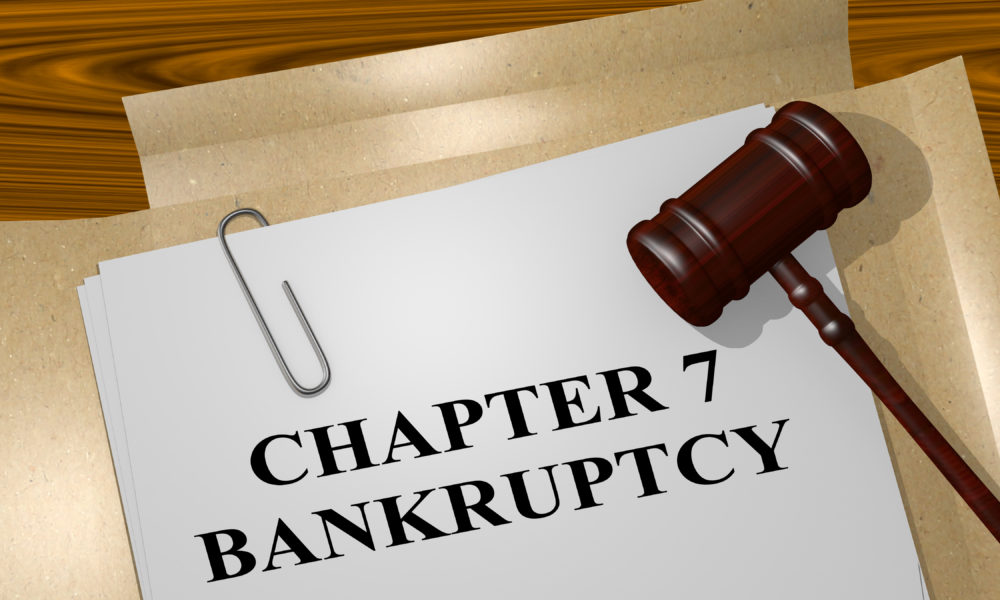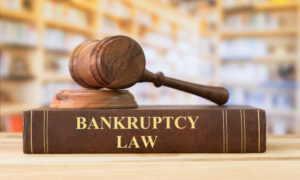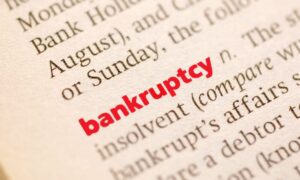
Understanding Chapter 7 Bankruptcy
Chapter 7 bankruptcy, often called liquidation bankruptcy, is a legal process that allows individuals and businesses to discharge most of their debts by liquidating non-exempt assets. It offers a fresh start for debtors burdened by overwhelming financial obligations.
Eligibility Criteria
Individuals must pass the means test to qualify for chapter 7 bankruptcy, demonstrating their inability to repay debts based on their income and expenses. Businesses may also file for Chapter 7 but must cease operations once the process begins.
The Role of the Bankruptcy Trustee
Upon filing for Chapter 7 bankruptcy, a trustee is appointed to oversee the case. The trustee’s primary responsibility is liquidating non-exempt assets and distributing the proceeds to creditors. Understanding the trustee’s role is crucial for debtors navigating the bankruptcy process.
Automatic Stay Protection
One of the immediate benefits of filing for Chapter 7 bankruptcy is the automatic stay, which halts creditor collection actions, including foreclosure, repossession, wage garnishment, and lawsuits. This provision relieves debtors from creditor harassment and gives them time to address their financial situation.
Exempt vs. Non-Exempt Assets
In Chapter 7 bankruptcy, certain assets are considered exempt from liquidation, allowing debtors to retain them. Common exempt assets include primary residences, vehicles, household goods, retirement accounts, and personal belongings. Non-exempt assets like investment properties, luxury items, and valuable collectibles may be sold to satisfy creditors’ claims.
Discharge of Debts
One of the most significant benefits of Chapter 7 bankruptcy is the discharge of qualifying debts, providing debtors with a clean slate. While not all debts are dischargeable, typical examples include credit card balances, medical bills, personal loans, and utility bills. However, certain debts, such as student loans, child support, and tax obligations, are generally not dischargeable.
Reaffirmation Agreements
Sometimes, debtors may reaffirm certain debts, such as a mortgage or car loan, to retain the associated assets. By signing a reaffirmation agreement, debtors agree to remain liable for the debt despite filing for bankruptcy. It’s essential to consider the implications of reaffirming debts and seek legal advice.
Life After Bankruptcy
While Chapter 7 bankruptcy provides a fresh start, it also has long-term implications. Bankruptcy remains on credit reports for up to ten years, impacting creditworthiness and borrowing ability. However, many debtors find rebuilding their credit achievable with responsible financial management and timely payments.
Seeking Legal Guidance
Navigating Chapter 7 bankruptcy can be complex, requiring a thorough understanding of the legal process and its implications. Consulting with a reputable real estate litigation law firm can provide debtors with the guidance and support to navigate bankruptcy effectively. From assessing eligibility to maximizing asset protection, legal professionals can offer invaluable assistance every step of the way.
Conclusion
Chapter 7 bankruptcy offers a path to financial relief for individuals and businesses overwhelmed by debt. Understanding the eligibility criteria, the role of the trustee, and the dischargeable debts is essential for a successful bankruptcy filing. While bankruptcy may have long-term consequences, seeking legal guidance can help debtors make informed decisions and work towards a brighter financial future.







